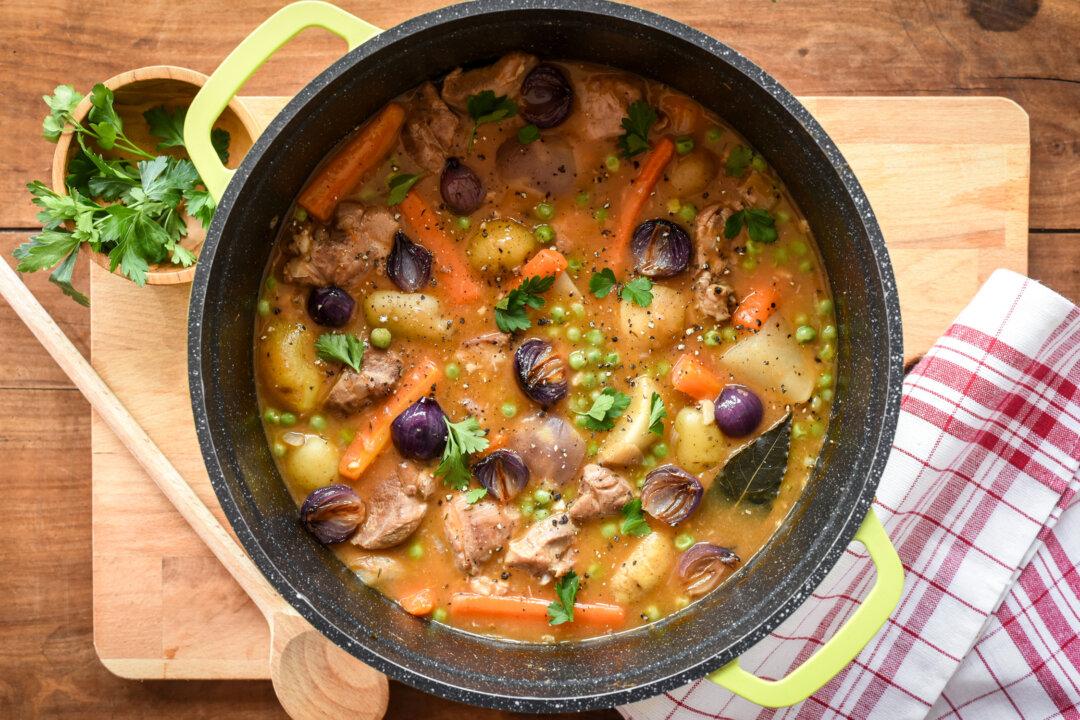Sole meunière is one of those dishes that sounds fancy, but really isn’t. This staple of the French repertoire features simple Dover sole fillets lightly dredged in flour, pan-fried, and bathed in a brown butter sauce with lemon and parsley. The bright sauce allows the delicate flavors of the fish to shine, with a result that’s zingy, crisp yet juicy, and truly satisfying.
“Meunière” literally translates to “miller’s wife” or “female miller,” referring to the fish being dredged in flour before being cooked. This dish has been highly popular for centuries in France, as it was said to be one of King Louis XIV’s favorite dishes in the 17th century.





